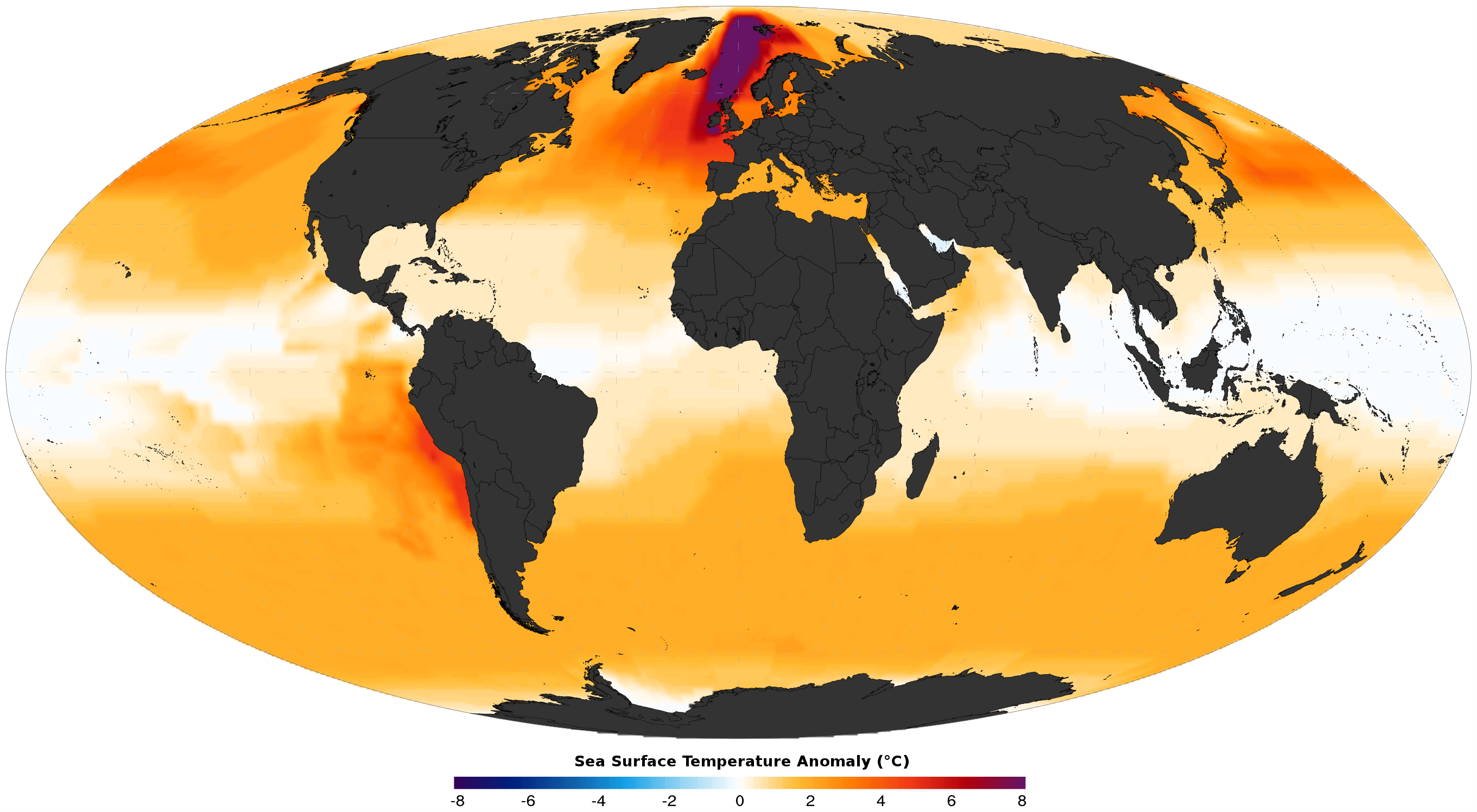|
Pseudoumbrina
''Pseudoumbrina'' is an extinct genus of prehistoric bony fish that lived during the Pliocene epoch. See also * Prehistoric fish * List of prehistoric bony fish This list of prehistoric bony fish is an attempt to create a comprehensive listing of all Genus, genera from the fossil record that have ever been considered to be bony fish (class Osteichthyes), excluding purely vernacular terms. The list includ ... References Prehistoric percomorph genera Pliocene fish Monotypic prehistoric ray-finned fish genera {{paleo-perciformes-stub ... [...More Info...] [...Related Items...] OR: [Wikipedia] [Google] [Baidu] |
List Of Prehistoric Bony Fish
This list of prehistoric bony fish is an attempt to create a comprehensive listing of all Genus, genera from the fossil record that have ever been considered to be bony fish (class Osteichthyes), excluding purely vernacular terms. The list includes all commonly accepted genera, but also genera that are now considered invalid, doubtful (''nomen dubium, nomina dubia''), or were not formally published (''nomen nudum, nomina nuda''), as well as synonym (zoology), junior synonyms of more established names, and genera that are no longer considered members of osteichthyes. This list includes 1,387 generic names. *extinction, Extinct genera are marked with a dagger (†). *Extant taxon, Extant genera are bolded. Naming conventions and terminology Naming conventions and terminology follow the International Code of Zoological Nomenclature. Technical terms used include: * Synonym (zoology), Junior synonym: A name which describes the same taxon as a previously published name. If two or more ... [...More Info...] [...Related Items...] OR: [Wikipedia] [Google] [Baidu] |
Pliocene
The Pliocene ( ; also Pleiocene) is the epoch (geology), epoch in the geologic time scale that extends from 5.33 to 2.58See the 2014 version of the ICS geologic time scale million years ago (Ma). It is the second and most recent epoch of the Neogene Period in the Cenozoic, Cenozoic Era. The Pliocene follows the Miocene Epoch and is followed by the Pleistocene Epoch. Prior to the 2009 revision of the geologic time scale, which placed the four most recent major glaciations entirely within the Pleistocene, the Pliocene also included the Gelasian Stage, which lasted from 2.59 to 1.81 Ma, and is now included in the Pleistocene. As with other older geologic periods, the Stratum, geological strata that define the start and end are well-identified but the exact dates of the start a ... [...More Info...] [...Related Items...] OR: [Wikipedia] [Google] [Baidu] |
Bony Fish
Osteichthyes ( ; ), also known as osteichthyans or commonly referred to as the bony fish, is a Biodiversity, diverse clade of vertebrate animals that have endoskeletons primarily composed of bone tissue. They can be contrasted with the Chondrichthyes (cartilaginous fish) and the extinct placoderms and acanthodians, which have endoskeletons primarily composed of cartilage. The vast majority of extant taxon, extant fish are members of Osteichthyes, being an extremely diverse and abundant group consisting of 45 order (biology), orders, over 435 family (biology), families and 28,000 species. The group is divided into two main clades, the ray-finned fish (Actinopterygii, which makes up the vast majority of extant fish) and the lobe-finned fish (Sarcopterygii, which gave rise to all land vertebrates, i.e. tetrapods). The oldest known fossils of bony fish are about 425 million years old from the late Silurian, which are also transitional fossils showing a dentition, tooth pattern th ... [...More Info...] [...Related Items...] OR: [Wikipedia] [Google] [Baidu] |
Prehistoric Fish
__NOTOC__ Prehistoric fish are early fish that are known only from fossil records. They are the earliest known vertebrates, and include the first and extinct fish that lived through the Cambrian to the Quaternary. The study of prehistoric fish is called ''paleoichthyology''. A few living forms, such as the coelacanth are also referred to as prehistoric fish, or even living fossils, due to their current rarity and similarity to extinct forms. Fish which have become recently extinct are not usually referred to as prehistoric fish. Lists of various prehistoric fishes include: * List of prehistoric jawless fish * List of placoderms * List of acanthodians * List of prehistoric cartilaginous fish *List of prehistoric bony fish This list of prehistoric bony fish is an attempt to create a comprehensive listing of all Genus, genera from the fossil record that have ever been considered to be bony fish (class Osteichthyes), excluding purely vernacular terms. The list includ ... * List ... [...More Info...] [...Related Items...] OR: [Wikipedia] [Google] [Baidu] |
Prehistoric Percomorph Genera
Prehistory, also called pre-literary history, is the period of human history between the first known use of stone tools by hominins million years ago and the beginning of recorded history with the invention of writing systems. The use of symbols, marks, and images appears very early among humans, but the earliest known writing systems appeared years ago. It took thousands of years for writing systems to be widely adopted, with writing having spread to almost all cultures by the 19th century. The end of prehistory therefore came at different times in different places, and the term is less often used in discussing societies where prehistory ended relatively recently. It is based on an old conception of history that without written records there could be no history. The most common conception today is that history is based on evidence, however the concept of prehistory hasn't been completely discarded. In the early Bronze Age, Sumer in Mesopotamia, the Indus Valley Civilis ... [...More Info...] [...Related Items...] OR: [Wikipedia] [Google] [Baidu] |
Pliocene Fish
The Pliocene ( ; also Pleiocene) is the epoch in the geologic time scale that extends from 5.33 to 2.58See the 2014 version of the ICS geologic time scale million years ago (Ma). It is the second and most recent epoch of the Period in the . The Pliocene follows the Epoch and is followed by the |





